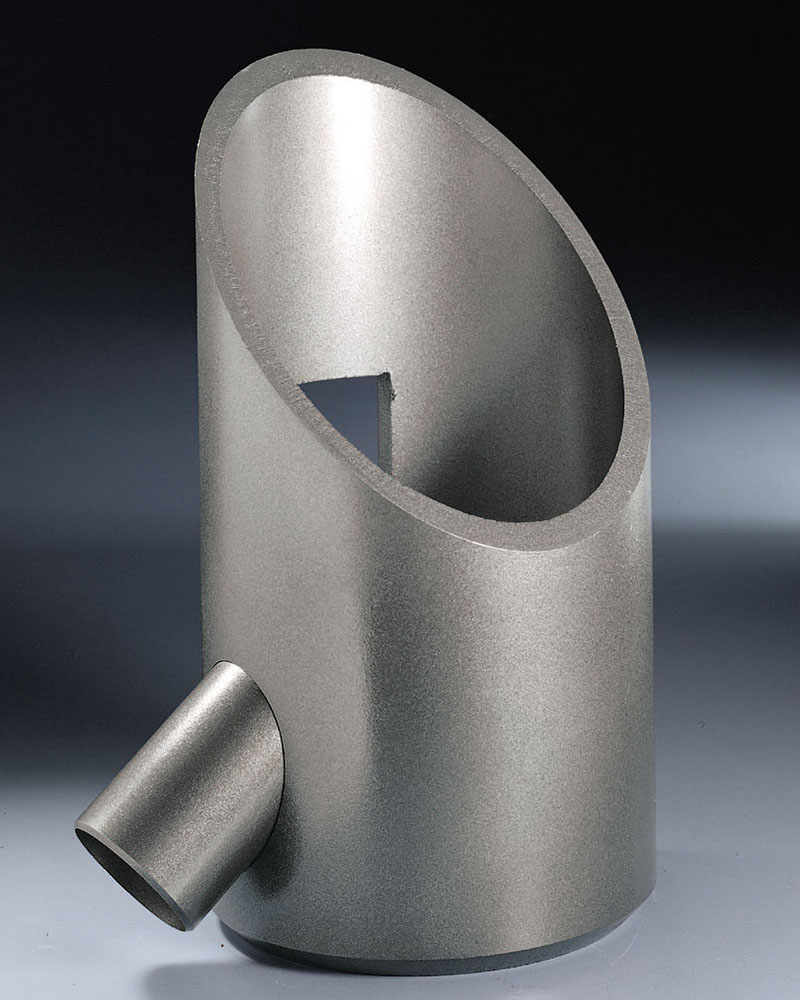Affordable and precise laser-cut profiles at competitive rates.
Quick and reliable laser cutting with fast turnaround times.
UK Delivery: Reliable laser-cut profiles shipped nationwide.
Cutting technologies are essential in industries ranging from automotive and aerospace to construction and fabrication. Each method comes with its own strengths and limitations:
Laser Cutting uses a concentrated laser beam to melt or vaporise material, offering high precision and clean edges.
Waterjet Cutting has a high-pressure stream of water, sometimes mixed with abrasives, to cut almost any material without generating heat.
Plasma Cutting relies on an electrically conductive gas to cut metals quickly, particularly thicker sections.
Mechanical Cutting encompasses methods such as sawing, shearing, or milling, which use physical tools to remove material.
Laser cutting excels in speed and accuracy, particularly for thin to medium-thickness metals. It produces fine details with smooth edges. However, waterjet cutting offers an advantage when processing thicker or non-metallic materials. Because it is a cold-cutting process, waterjet avoids heat-affected zones, making it suitable for sensitive materials like plastics, composites, and heat-treated alloys.
The drawback of waterjet cutting lies in its slower cutting speeds compared to lasers and the cost of abrasive materials required for the process. Laser cutting, while faster and more precise, struggles with very thick materials where waterjet technology remains more effective.
Plasma cutting is widely used in industries such as shipbuilding and heavy fabrication due to its ability to cut thick steel at relatively low cost. While not as precise as laser cutting, plasma machines can handle robust tasks quickly and efficiently.
Laser cutting, in contrast, provides far superior accuracy, making it suitable for complex geometries, fine details, and parts that require minimal finishing. Plasma cutting, however, leaves a rougher edge and generally requires secondary operations. From a cost perspective, plasma equipment is cheaper to purchase, but laser cutting often becomes more cost-effective for high-precision or high-volume production runs.
Mechanical methods such as sawing, drilling and milling have been used for centuries and remain reliable for many applications. These methods are straightforward, relatively inexpensive, and capable of handling a wide range of materials. However, they involve tool wear, frequent maintenance, and slower production speeds compared to laser technology.
Laser cutting eliminates tool wear by being a non-contact process and can achieve higher precision without the need for repeated tool changes. Mechanical cutting still has an advantage for very thick sections or materials that lasers find difficult to process, but for intricate or high-volume production, lasers usually provide better efficiency.

The advantages of laser cutting are clear: it delivers exceptional precision, often within tolerances of ±0.1 mm, allowing for intricate designs and complex profiles. The process minimises waste through its narrow width and enables clean, repeatable results with minimal post-processing. Laser systems are also highly efficient for both prototyping and mass production, with automated machines capable of operating continuously.
However, laser cutting does have its limitations. While extremely effective for thin to medium thickness materials, lasers may struggle with very thick sections where waterjet or plasma remain more suitable. The process also introduces heat, which in some cases can cause warping or microstructural changes if not carefully controlled. Finally, although automation is widespread, skilled operators are still required to manage programming, setup and quality control.
When comparing laser cutting with traditional methods such as waterjet, plasma, and mechanical cutting, it is clear that no single technology is perfect for every application. Laser cutting stands out for precision, speed, and efficiency, particularly in producing detailed profiles and high-quality finishes. Traditional methods, however, still hold advantages in areas like cost, material versatility, and cutting very thick sections.
For businesses requiring high-quality, consistent, and complex profiles, laser cutting provides a modern, reliable solution that often reduces secondary finishing and shortens production times. If you’re looking to explore how laser profiles can support your projects, get in touch with our team today to discuss your requirements or request a tailored quote. Click here to find a location near you.
